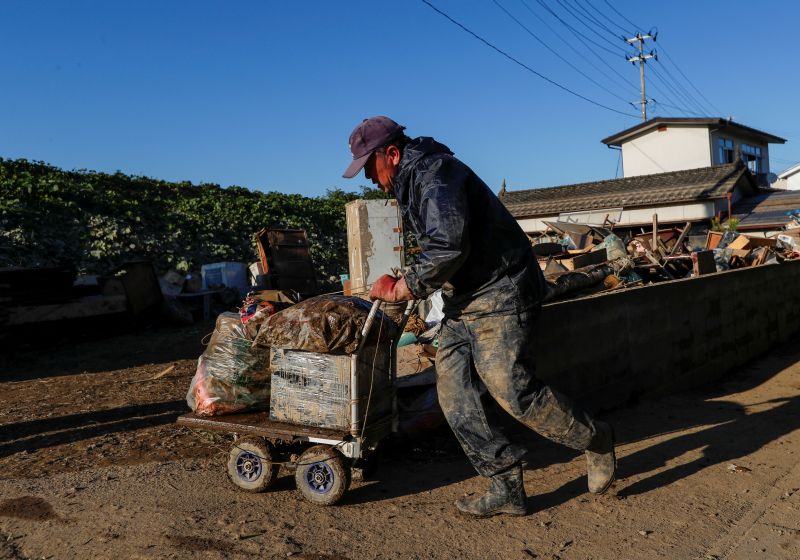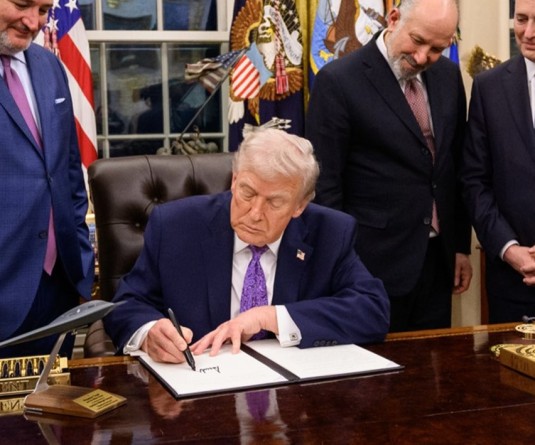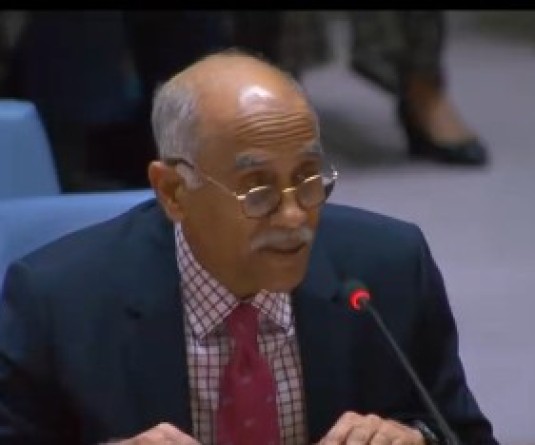Japan ramps up spending for typhoon relief, but workers are scarce

A man cleans debris in the aftermath of Typhoon Hagibis in Yanagawamachi district, Date City, Fukushima prefecture, Japan on October 16, 2019. (REUTERS File Photo)
TOKYO, October 28 (Reuters): Ravaged by a series of storms, including the worst typhoon in decades, Japan is ramping up spending on rescue, repair and clean-up. But there's a catch: there are more shovels than hands.
Prime Minister Shinzo Abe's government has agreed to use $6.5 million (5.07 million pounds) for immediate disaster relief, looks set to tap into budget reserves of $5 billion, and may request more money to finance construction after Typhoon Hagibis tore through much of Japan's main island this month, killing 79 with seven still missing.
"We'll take fiscal steps, including a supplementary budget if necessary, so that disaster-hit local governments can do the utmost on rebuilding," Abe said.
But however much Abe spends, a severe labour shortage means his government will struggle to repair levee breaks and other damage across a broad swath of the country.
Construction is one of the most squeezed industries in the nation's tightest job market since the 1970s.
As Japan's population greys and shrinks, the supply of construction workers has slumped by 28% from its peak in the late 1990s to around 5 million. Yet demand remains robust amid a nearly seven-year economic expansion and the approach of next year's the Tokyo Olympics.
The construction industry has 5.3 job openings for every applicant, latest government data show, a ratio second only to that of security guards and far above the overall ratio of 1.6, which is the highest in decades.
LABOUR CRUNCH
The scale of Hagibis, in which 71 rivers burst 140 levees and other embankments over vast areas from Nagano, central Japan to Iwate in the far northeast of the main island, means the job of fixing the damage is vast.
"We are absolutely short of workers," said Yoshiaki Suzuki, president of the six-man construction firm Suzuki Kenzai Kogyo in Chiba Prefecture east of Tokyo, which flooded three times since early September.
Tateyama, where Suzuki lives, was still recovering from massive flooding and long power outages caused by Typhoon Faxai last month when Hagibis hit on Oct. 12-13. On Friday and Saturday, a third storm inundated the city, killing 10 in Chiba Prefecture and dumping as much as 283.5 millimetres (11 inches) of rain on some areas over 12 hours.
"Our top priority is to restore lifelines, repair roads and cover the damaged roofs with blue plastic sheets," Suzuki told Reuters. "There's no time for removing the heaps of rubble caused by the last two typhoons."
Destabilised soil from earlier storms has led to fresh landslides, making work hazardous for people still digging out, he said.
The shortage of construction workers is most pronounced in rural Japan, where the population and construction projects are in steep decline. Highly skilled workers tend to head to bigger cities, said Fumitaka Miura, director at the Research Institute of Construction and Economy, a private think-tank.
GOING HIGH-TECH
To address the worker shortage, some construction companies are embracing technology.
For example, some companies fly drones over construction sites for three-dimensional measuring. The data is fed into machines that design, plan and implement projects, say officials at the Land, Infrastructure and Transport Ministry. These "i-Construction" techniques can cut working hours by 30%, they say.
Technological solutions like these are deployed in 60% of large-scale construction projects, the officials say.
But most of the disaster recovery will be done with bricks, mortar, equipment and manual labour.
Speculation is mounting that Abe may ask for more funds in an extra budget at the end of the year, as the longest postwar economic boom sputters amid global trade wars and the government watches the impact of a sales tax increase this month.
Yasunari Ueno, chief market economist at Mizuho Securities, says the government is likely to earmark $5 billion-$10 billion for infrastructure rebuilding, while longtime Japan strategist Jesper Koll forecasts something more like $20 billion-$30 billion, given the "need for fast and decisive government action."






